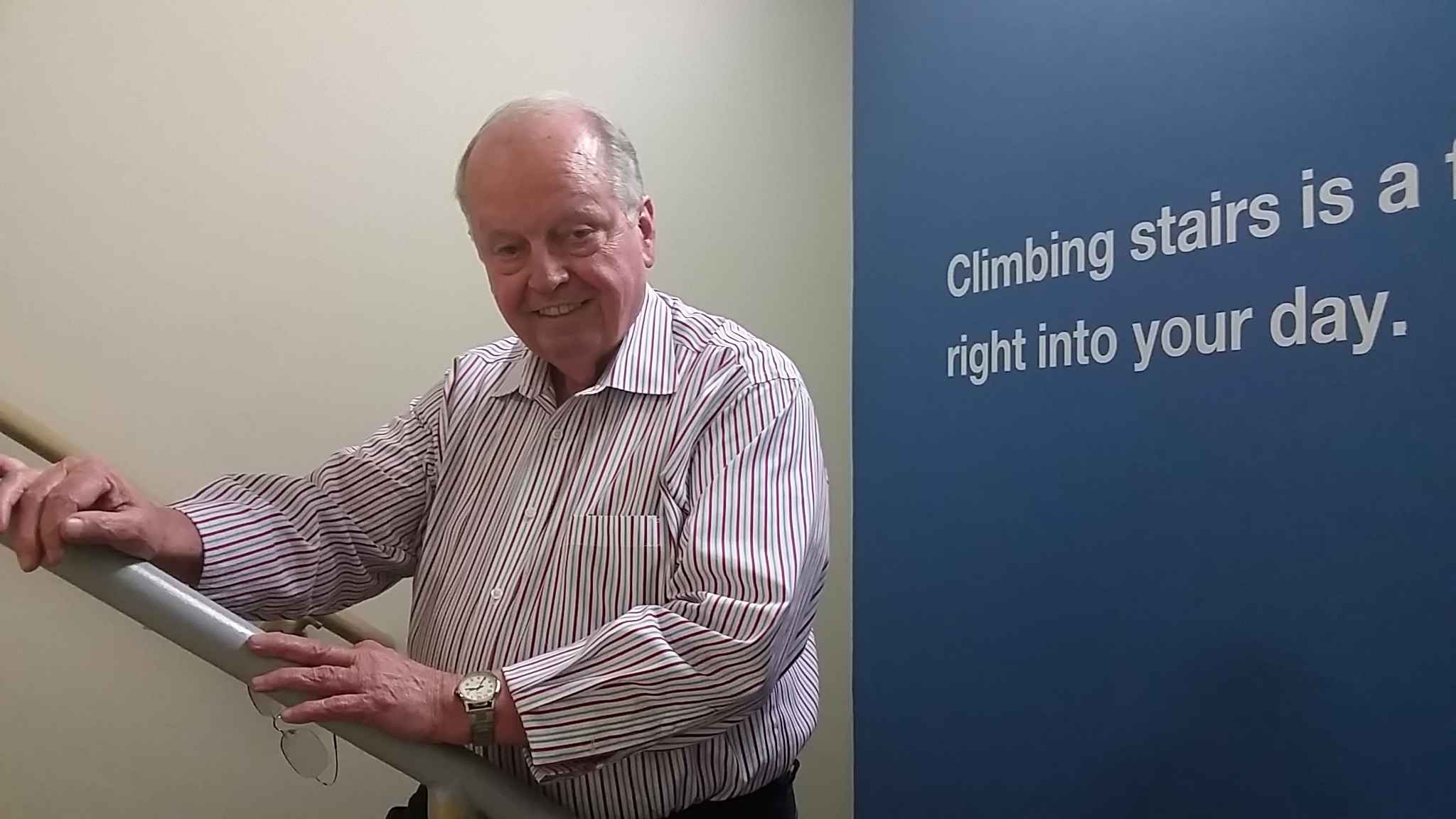
Foreclosure Forum

|
Foreclosure Forum |
|
Contact / Map | Priceline Tips
|
Trip WiresDealing with foreclosures as extensively as we do we have come across some very inventive devices people use to protect their equity in real property. In essence, they purposely cloud the title of their properties to shield them being mulcted by outsiders or by a rogue trustee, through the use of a recorded “friendly deed of trust” or alternatively, a recorded “option to purchase”. Herein below is one practitioner’s description of the devices and her uses of them. Friendly Deed of Trust But, if in spite of little or no apparent equity, someone pursued a lawsuit against you, you’d be set up to use another tactic. And that’s to cause the friendly trust deed to foreclose and wipe off the title of your property any subsequent judgment someone might record against you. The foreclosure of the friendly trust deed would extinguish any liens that were recorded against it after the friendly trust deed was recorded. Yes, such liens could very well remain against you personally, but they wouldn’t be secured by your property any more. You’d arrange it so that the balance of the foreclosing friendly trust deed would be high enough to dissuade any outsider’s bid at the foreclosure sale. Thus the foreclosing beneficiary of the friendly trust deed would take title to the property…probably in a title holding trust. It would be clear of any liens except your lender’s first deed of trust. Thereafter, to explain your continued occupancy of the property you’d probably execute a lease, or maybe a lease with option to buy, from the trust. Your rent could be the requirement that you continue to pay directly, the property’s PITI (principal, interest, taxes, and insurance) and all maintenance and repairs. Thus you might still be able to take whatever income tax deductions there are involved. The paperwork involved is fairly simple. The basic, three forms you’d need would be a deed of trust, a “straight” promissory note and a deed of reconveyance. To make things even more bullet proof you could also employ a recordable assignment of the friendly deed of trust over to a holding trust. Then you’d just hold the assignment and only record it if it made sense to switch beneficiaries in the future. On the deed of trust you could show the beneficiary and the trustee to be the same party. Thus you’d have no problem getting your chosen beneficiary/trustee to give you a recordable reconveyance of the friendly deed of trust at the same time you made it out to them. Of course, you’d hold that reconveyance in a safe place…ready to record any time it suited you (i.e. upon the future resale or refinance of the property). It’s important to get that reconveyance right up front, years in advance of when you’d actually need it. That way nothing could happen afterwards that would prevent you from removing the trust deed from the title of your property whenever you wanted to. For your added protection you would NOT actually create any promissory note to accompany the “friendly” trust deed. That way your “friendly bene” couldn’t sue you on the debt later, nor could she initiate any foreclosure action without the promissory note. If you determine some day that you need to produce a promissory note, it probably would be in the format of a “straight note”, with all the unpaid principal and accumulating interest due and payable at the end of the term. Thus, as time goes by, the protective debt balance would grow larger and larger. Usually no interim payments are called for in a “straight note” so you wouldn’t have to worry about manufacturing any payments for appearance sake if the genuineness of the trust deed and note is being investigated. If you owned multiple properties you could record multiple friendly deeds of trust or create just one in the form of a blanket deed of trust that encumbered all of your properties. Option To Purchase The details regarding the recorded option, such as the option strike price, the time period to exercise it, etc. are incorporated by reference to a non-recorded option contract that only the optionor and optionee are privy to. The removal of an option from the title of real property is accomplished by recording a pre-executed quitclaim deed from the optionee to the optionor. It goes without saying that you’d be holding that signed, notarized document concomitant to when you recorded the option against your property.
|
Information provided by this website is for informational purposes only and is not a substitute for professional advice. Please consult your investment advisor and/or attorney before entering into any transaction. Read our privacy policy.
Copyright © 1997-2025, InnoVest Resource Management
http://www.foreclosureforum.com
InnoVest Resource Management, 4569-A Mission Gorge Place, San Diego CA 92120-4112
(619) 283-5444, Fax (619) 283-5455